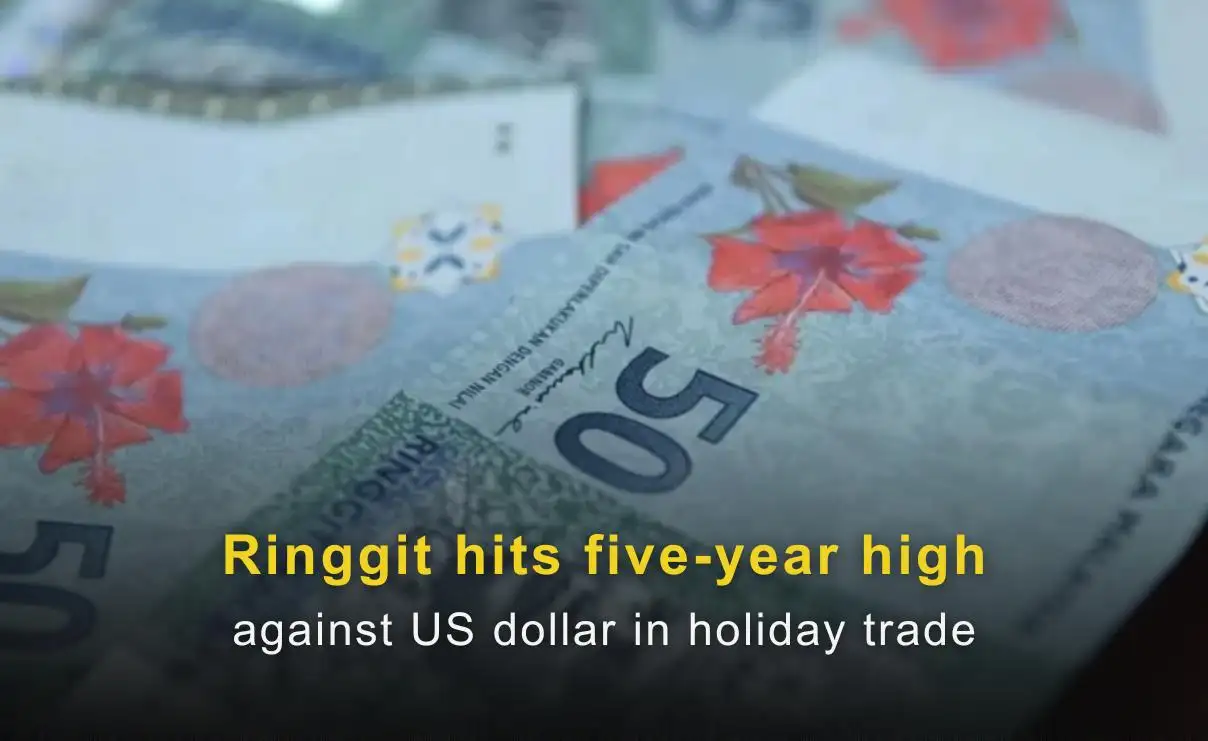Japan to Take Action to Stabilize the Yen
Abstract:Japan faces yen depreciation due to interest rate gaps; officials plan measures to stabilize forex market volatility.

Since early 2022, the Japanese yen has depreciated by over 20% against the US dollar, primarily due to the interest rate differential between Japan and the US. Despite multiple interventions by the Japanese government in September and October 2022, as well as in April and May 2024, the yen has continued to weaken. On July 3, 2024, the USD/JPY exchange rate hit a 38-year low, with 1 USD equaling 161.96 JPY.
The persistent easing of monetary policy by the Bank of Japan (BOJ), in contrast to rate hikes by major central banks such as the Federal Reserve and the European Central Bank, has widened the interest rate gap between Japan, the US, and Europe. This divergence has reduced the yen‘s appeal to investors, leading to sustained selling pressure in the forex market. For Japan’s energy-dependent economy, the yens depreciation is particularly concerning, as it further inflates the cost of importing oil, natural gas, and other raw materials, exacerbating economic pressures on households and businesses.

To address the yen‘s volatility, Japanese officials have hinted at potential measures to stabilize the exchange rate. In a routine press conference, when asked about the yen’s continued weakness, Japanese Finance Minister Shunichi Kato stated, “Our stance has not changed.”
Last Friday, Kato noted the recent one-sided and sharp movements in the foreign exchange (FX) market. He further emphasized that appropriate measures would be taken to prevent excessive forex volatility.
Read more

“Elites’ View in Arab Region” Event Successfully Concludes
To further enhance the sense of participation and belonging among members of the Elite Club in the Middle East and North Africa (MENA) region, and to raise awareness regarding the safety and compliance of forex trading in the regional market, WikiFX successfully held the themed content series “Elites’ View in Arab Region” from November 28 to December 28, 2025. The theme was “The First Line of Defense for Forex Safety: Education First, Jointly Promoting Healthy Forex Development."

Star-Studded Jury Panel Unveiled as WikiFX Golden Insight Award’s Expert Judging Commences
Following the successful conclusion of the global public voting phase, the WikiFX Golden Insight Award has now officially entered its final evaluation stage—the expert judging. This marks a critical juncture in the 2025 Golden Insight Award selection process, ushering in the most authoritative and rigorous phase of professional assessment and industry consensus-building.

Hong Kong Regulator Warns Against CoinCola
Hong Kong’s financial watchdog, the Securities and Futures Commission (SFC), has issued a public warning against CoinCola, adding the platform to its Alert List of suspicious virtual asset trading platforms (VATPs). According to the SFC, CoinCola operates through the website and is suspected of conducting unlicensed virtual asset activities while appearing to target or operate in Hong Kong.

Ringgit hits five-year high against US dollar in holiday trade
The Malaysian ringgit extended its rally, reaching a five-year high against the US dollar, trading in a narrow range of RM4.04-RM4.05.
WikiFX Broker
Latest News
Stop Chasing Headlines: The Truth About "News Trading" for Beginners
Why Markets Pump When the News Dumps: The "Bad Is Good" Trap
Yen in Peril: Wall Street Eyes 160 as Structural Outflows Persist
RM238,000 Lost to a Fake Stock Scheme | Don't Be The Next Victim!
What Is a Forex Expert Advisor and How Does It Work?
Common Questions About GLOBAL GOLD & CURRENCY CORPORATION: Safety, Fees, and Risks (2025)
Is 9X markets Legit or a Scam? 5 Key Questions Answered (2025)
What Is a Liquid Broker and How Does It Work?
“Elites’ View in Arab Region” Event Successfully Concludes
Commodities Wrap: Copper Surges on ‘Green Squeeze’ Fears; Oil Dips on Peace Hopes
Rate Calc

